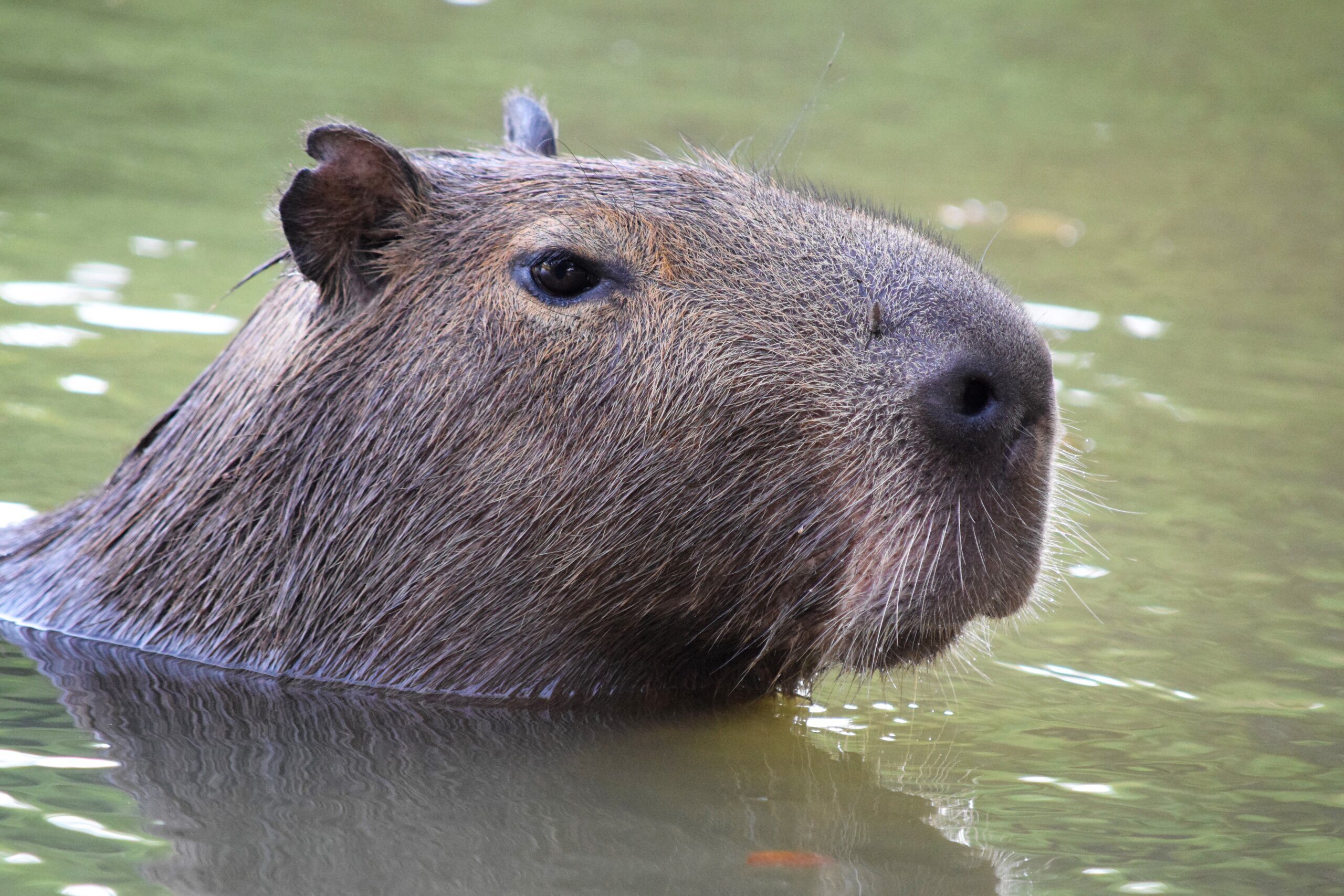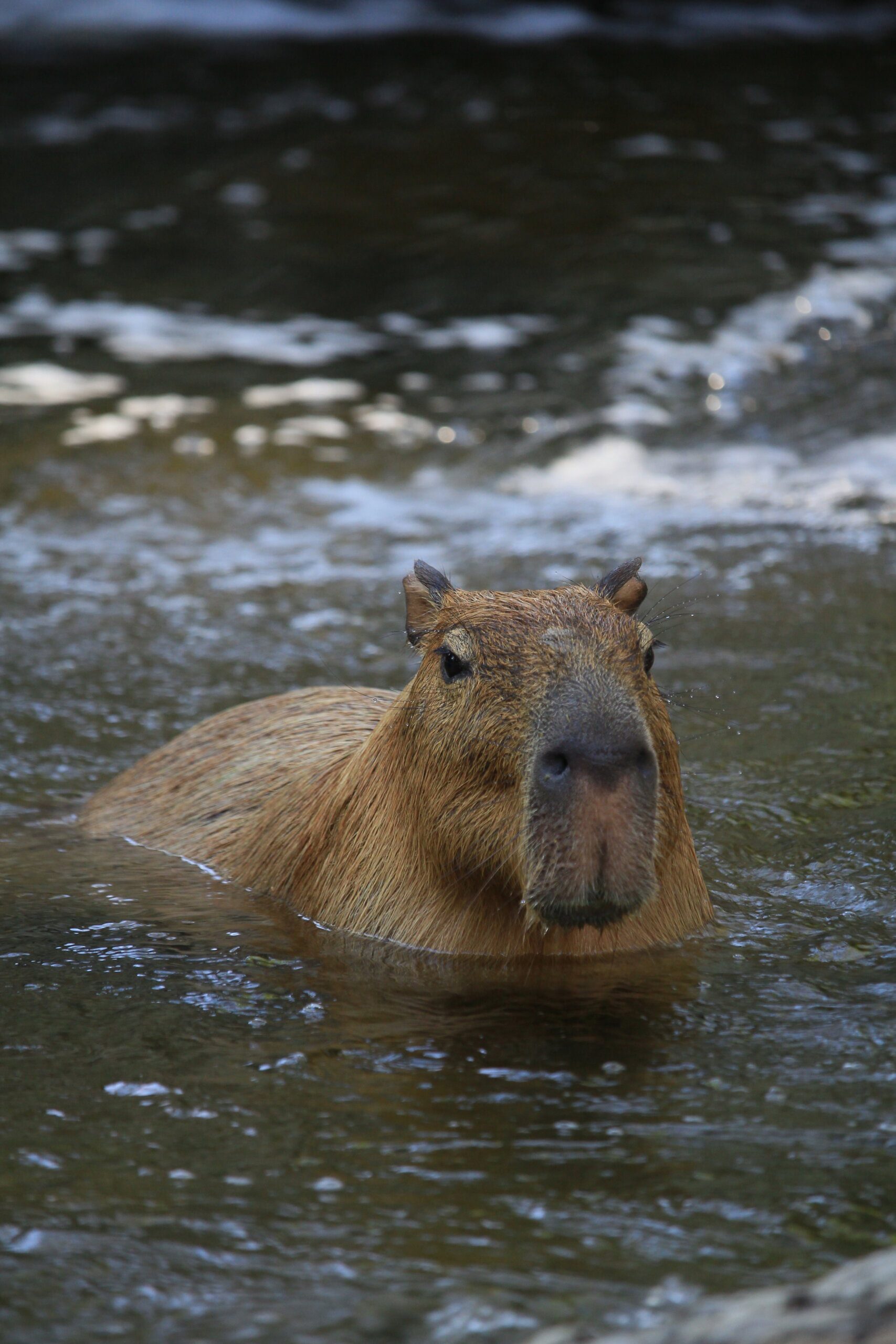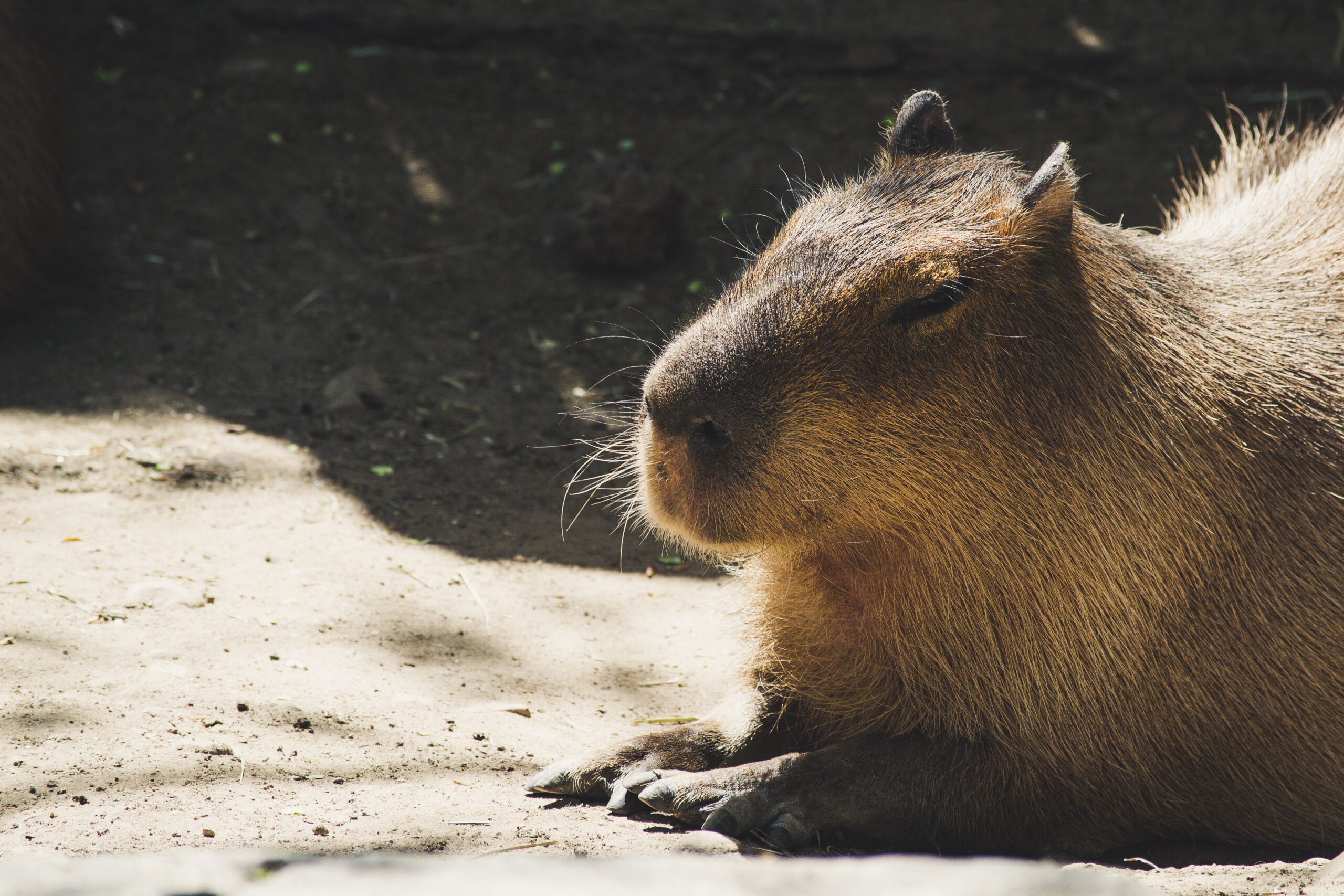Have you ever wanted to create your own adorable capybara plushie? Well, now you can with this amazing free capybara amigurumi crochet pattern! Whether you’re an experienced crocheter or just starting out, this pattern is perfect for anyone looking to add a touch of cuteness to their collection. With detailed instructions and step-by-step photos, you’ll be able to create your very own capybara friend in no time. So grab your crochet hook, gather your yarn, and get ready to bring this lovable creature to life!
Materials Needed
To create your own adorable capybara amigurumi, you will need the following materials:

Yarn
Choose a soft and durable yarn that will give your capybara a cuddly texture. Acrylic yarn is a great option, as it is affordable and comes in a wide array of colors.
Crochet Hook
Select a crochet hook size that is appropriate for your chosen yarn. The size will determine the tension and size of your stitches.
Stuffing
Make sure to have enough stuffing to give your capybara a nice, plump shape. Polyfill or any stuffing material of your choice will work perfectly.
Stitch Markers
Stitch markers are essential for keeping track of your stitches and rounds. They can be as simple as safety pins or specialized markers designed for crochet.
Yarn Needle
A yarn needle with a large eye is necessary for sewing in loose ends and attaching various components of your amigurumi.
Safety Eyes
Cute safety eyes will bring your capybara to life. Look for eyes specifically made for amigurumi, as they come with washers to securely attach them.
Embroidery Thread
Embroidery thread in various colors will be used to add details and expressive features to your capybara, such as the nose, mouth, and eyebrows.
Scissors
A sharp pair of scissors will come in handy for cutting yarn and trimming excess threads.
Optional: Wire
If you want to make your capybara posable, consider using wire inside the limbs. This will allow them to be bent into different positions.
Optional: Felt
For added customization, you can use small pieces of felt to create accessories, such as a bow or a hat for your capybara.
Gauge and Finished Size
To ensure that your capybara turns out just right, it is essential to achieve the correct gauge. The gauge refers to the number of stitches and rows per inch. Make a gauge swatch using your chosen yarn and hook, and adjust as needed to match the specified gauge.
Once you have achieved the correct gauge, your finished capybara will measure approximately 8 inches in height and 12 inches in length. Keep in mind that these measurements may vary depending on your tension and yarn choice.
Pattern
Let’s now dive into the pattern for creating your capybara amigurumi. Remember to follow each step carefully and take your time to ensure a high-quality finished product.
Head
Begin by crocheting the head of your capybara. Start with a magic ring and work in continuous rounds until the desired height is reached. Add stuffing as you go to give the head a nice round shape.
Body
The body of your capybara is worked separately from the head. Start with a chain and then work in rows or rounds, depending on your preferred method. Stuff the body firmly, but make sure there is still room for attaching the limbs later.

Arms
Crochet two arms separately using a small hook and the specified stitch pattern. Stuff the arms lightly and attach them securely to the body.
Legs
The legs are made in a similar manner to the arms but slightly longer. Crochet four legs and attach them to the body, evenly spacing them for stability.
Ears
Create two ears using the specified stitch pattern and shape them to resemble the adorable capybara ears. Attach them to the top of the head.
Tail
The tail is crocheted separately and attached to the back of the body. It can be curled or left straight, depending on your preference.
Assembly
Now that you have crocheted all the necessary components, it’s time to assemble your capybara amigurumi. Follow the steps below to bring your capybara to life.
Attaching the Head
Using your yarn needle, sew the head securely onto the body. Take care to align the head properly and make sure it is centered.
Attaching the Body
Align the body with the head and sew it securely in place. Make sure the body is centered and evenly attached to the head.
Attaching the Limbs
Using your yarn needle, sew each leg onto the body. Make sure the legs are evenly spaced and securely attached.
Attaching the Ears
Position the ears on the head and sew them securely in place. Take care to align them symmetrically for a balanced appearance.
Attaching the Tail
Sew the tail onto the back of the body, ensuring it is centered and securely attached.
Adding Details
Now that your capybara is assembled, it’s time to add some adorable details that will give it personality and charm.
Eyes
Attach the safety eyes to the face of your capybara, positioning them in the desired location. Make sure they are securely attached.
Nose
Using embroidery thread, embroider a small triangle or oval shape to represent the capybara’s nose. You can choose a color that matches the yarn or a contrasting color for a playful touch.
Mouth
Embroider the capybara’s mouth using the same embroidery thread. You can create a smile or any expression you like to give your amigurumi its own unique character.

Cheeks
For rosy cheeks, use a small amount of blush or colored pencil to lightly blush the cheeks of your capybara. This will add a touch of cuteness and warmth to its face.
Claws
If you want to add claws to your capybara’s paws, you can use small pieces of felt or embroidery thread to create them. Attach them securely to the tips of the paws.
Optional: Wire Armature
If you want to make your capybara poseable, consider inserting wire into the limbs. This will allow you to bend and shape the limbs into different positions.
Optional: Felt Accessories
For extra customization, you can create small accessories using felt. Consider making a bow, a hat, or a scarf to give your capybara a personal touch.
Finishing Touches
To ensure that your capybara amigurumi looks its best, there are a few final touches you can make.
Weaving in Ends
Take the time to carefully weave in all loose ends of yarn. This will give your amigurumi a neat and finished appearance.
Trimming Excess Yarn
Trim any excess yarn that may be sticking out from your capybara. This will create a cleaner look and remove any distractions from the overall design.
Blocking
If desired, you can block your capybara amigurumi to give it a more polished look. Blocking involves gently wetting the amigurumi, shaping it into the desired position, and allowing it to air dry.
Adding a Loop
If you want to use your capybara as a hanging ornament or keychain, you can add a small loop on top of its head. Simply crochet a chain and attach it securely.
Tips and Tricks
Here are some helpful tips and tricks to keep in mind while creating your capybara amigurumi.
Amigurumi Basics
It’s important to keep your tension consistent throughout the project for a cohesive and even result. Practice the basic stitches before starting the pattern to ensure that your stitches are smooth and even.
Working with Safety Eyes
When attaching safety eyes, make sure to position them symmetrically and securely. Follow the manufacturer’s instructions for inserting the included washers to prevent the eyes from coming loose.
Invisible Decreases
To create a cleaner look, use the “invisible decrease” technique. This involves inserting the hook both in the front and back loops of the stitches, resulting in a nearly invisible decrease.
Adding Wire for Posability
If you want your capybara to be posable, insert wire into the limbs before stuffing them. This will allow you to bend and shape the limbs into different positions.
Creating Expressions with Embroidery
Experiment with different embroidery techniques to create a wide range of expressions on your capybara’s face. Simple changes in the shape and placement of stitches can give your amigurumi a unique personality.
Troubleshooting
If you encounter any issues while crocheting your capybara amigurumi, here are some common troubleshooting tips.
Crochet Too Tight or Loose
If your stitches are too tight or loose, try using a different-sized crochet hook. Experiment with going up or down a hook size until you achieve a stitch tension that matches the desired gauge.
Stuffing Showing Through
To prevent your stuffing from showing through the stitches, make sure to stuff your amigurumi firmly and evenly. Take the time to smooth out and adjust the stuffing as needed.
Crochet Work Not Holding Shape
If your crochet work is not holding its shape, consider using a smaller hook size or adjusting your tension. Making your stitches tighter or using a different yarn can help create a more sturdy and structured amigurumi.
Misshapen or Uneven Limbs
If your limbs are misshapen or uneven, check your stitch count and make sure you are working the correct number of stitches in each round. Adding or subtracting stitches can affect the overall shape and appearance of the limbs.
Conclusion
Congratulations on completing your capybara amigurumi! With a little bit of yarn, a crochet hook, and some patience, you have created a cute and cuddly friend. Enjoy the process of bringing your capybara to life and take pride in the finished product. Whether you keep it as a charming decoration or gift it to someone special, your capybara amigurumi is sure to bring joy and smiles to all who see it. Happy crocheting!


